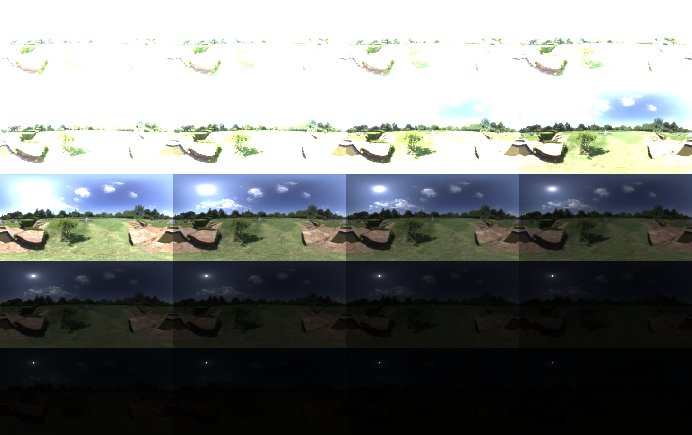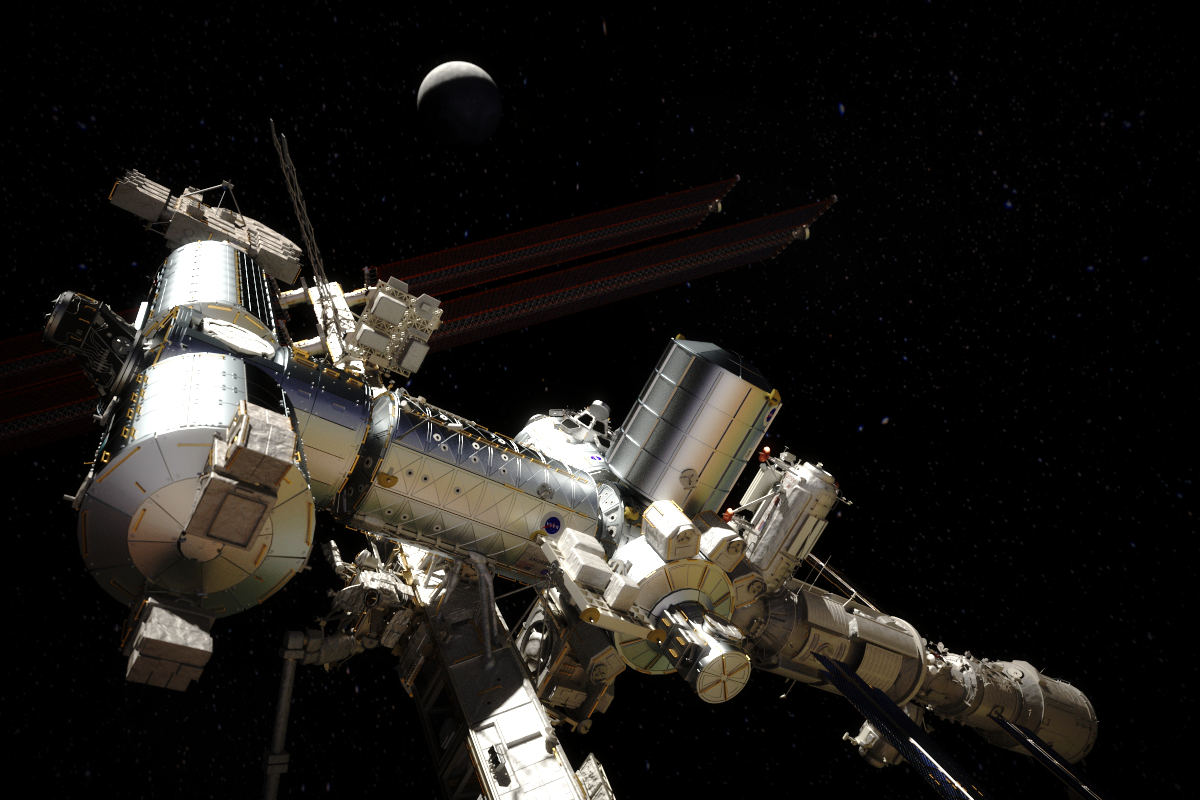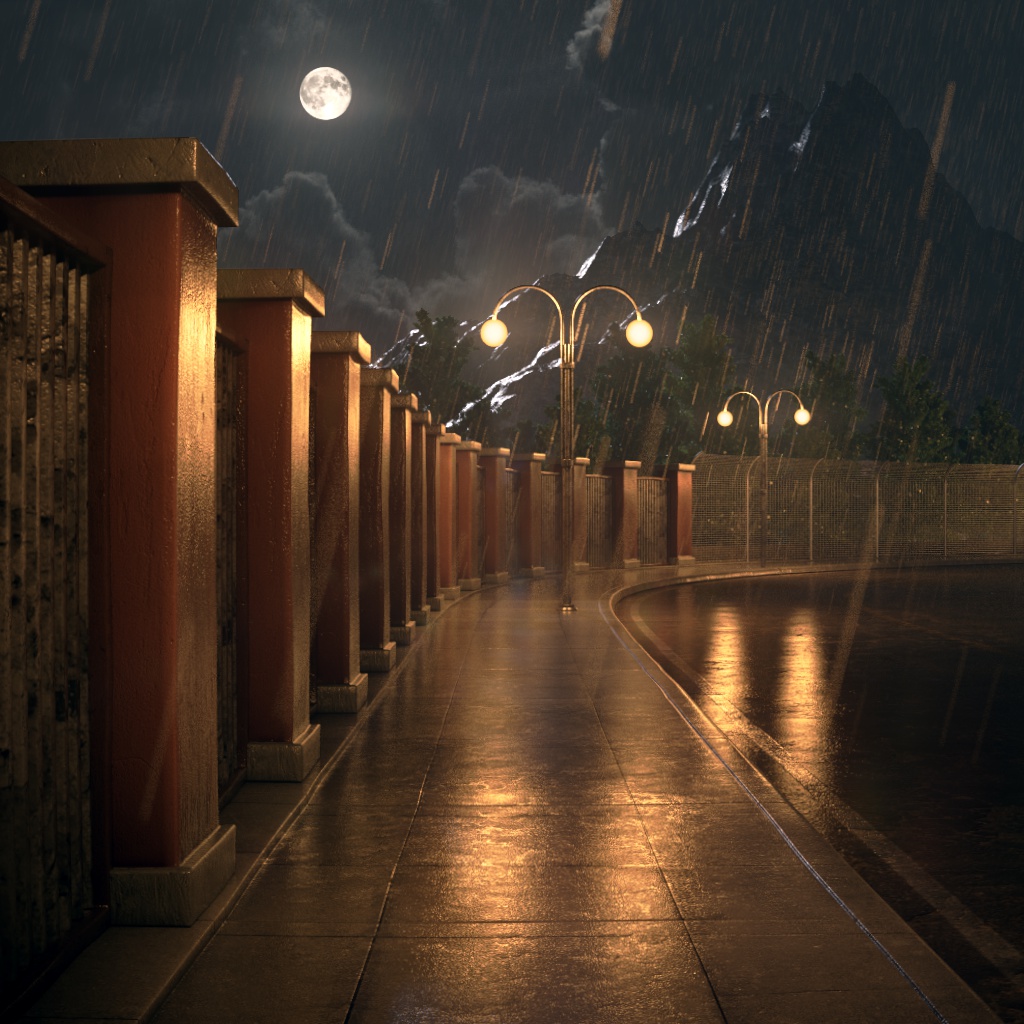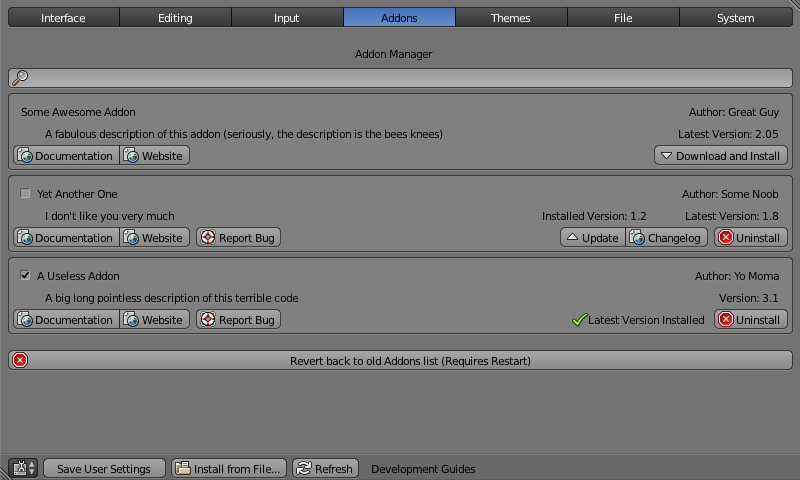Update: All HDRIs are now free again, at full resolution.
Read why here, or just start downloading.
I’ve been shooting HDRIs for a while now, and every now and then putting some of them on this blog for you folks to download.
Since the beginning of this year they’ve been downloaded 6861 times, and we’re only halfway through it!
I’ve only released the 2048×1024 sizes for free, but all of them could be at least 16384×8192. The problem is, the 16k HDRIs are about 500MB each, and if people downloaded those 6861 times every 6 months, that’d be almost 7 terabytes of data going through the server every year.
That kind of data would easily cost me $600 per year (based on Amazon S3 hosting), and that’s assuming I never publish another HDR ever again.
As it stands right now, I’ve spent $800 on my camera, $400 on the wide-angle lens I use specifically to shoot the HDRIs, $200 on a panoramic head, and $400 on enough RAM to actually be able to process the images in a reasonable amount of time.
That’s $1800 I’ve already spent on equipment alone just for these HDRIs I give out for free.
Holy crap I didn’t know it was that much O_o

Well, as you can imagine, I’ve now realized that it’s not really practical to keep giving them out for free. At least not the full-resolution versions.
I plan to keep releasing the low-res versions for free, but I do need to make a little bit of money from this otherwise I might not be able to continue doing so.
That brings me to….
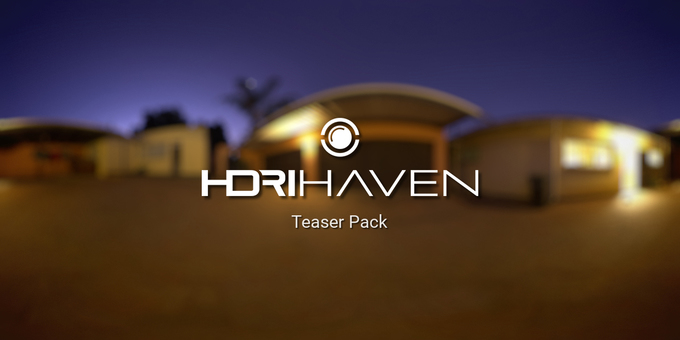
You may or may not have noticed that I’ve put out a pack of five 16k HDRIs for $3.95 on the Blender Market a few days ago. This is a sort of test to see if anyone is interested in paying a tiny bit of money for the high-res versions. The grand plan is to start something like CG Textures for these HDRIs, asking for a tiny monthly membership fee to allow me to keep creating more of them.
The keyword there is tiny. Most other HDRIs will cost you somewhere between $7 and $20 each. Now I’m a cheap bastard to be honest. I rarely buy anything online unless it’s on sale, and you’ve really got to convince me your product is worth every goddamn penny before I’ll even consider getting out my wallet.
Maybe that’s just me and I’m a terrible human being, but either way, I won’t try to sell you anything unless I would buy it myself.
The teaser pack for HDRI Haven is $3.95 – that’s less than 80c per HDRI. If there is enough interest in this, I plan to ask even less than that for the monthly membership fee of the main site, which would give you access to dozens of HDRIs.

Oh and let’s not forget that both the free 2k versions and paid 16k versions are licenced as CC-BY, meaning you’re free to use them for any purpose and share them around as much as you like.
So what am I waiting for?
You!
So far, the teaser pack has had a grand total of 6 sales, and that’s not enough to make me want to spend any more time or money on shooting HDRIs. So if you’d like me to keep doing this, please consider helping me out by buying the teaser pack :)
